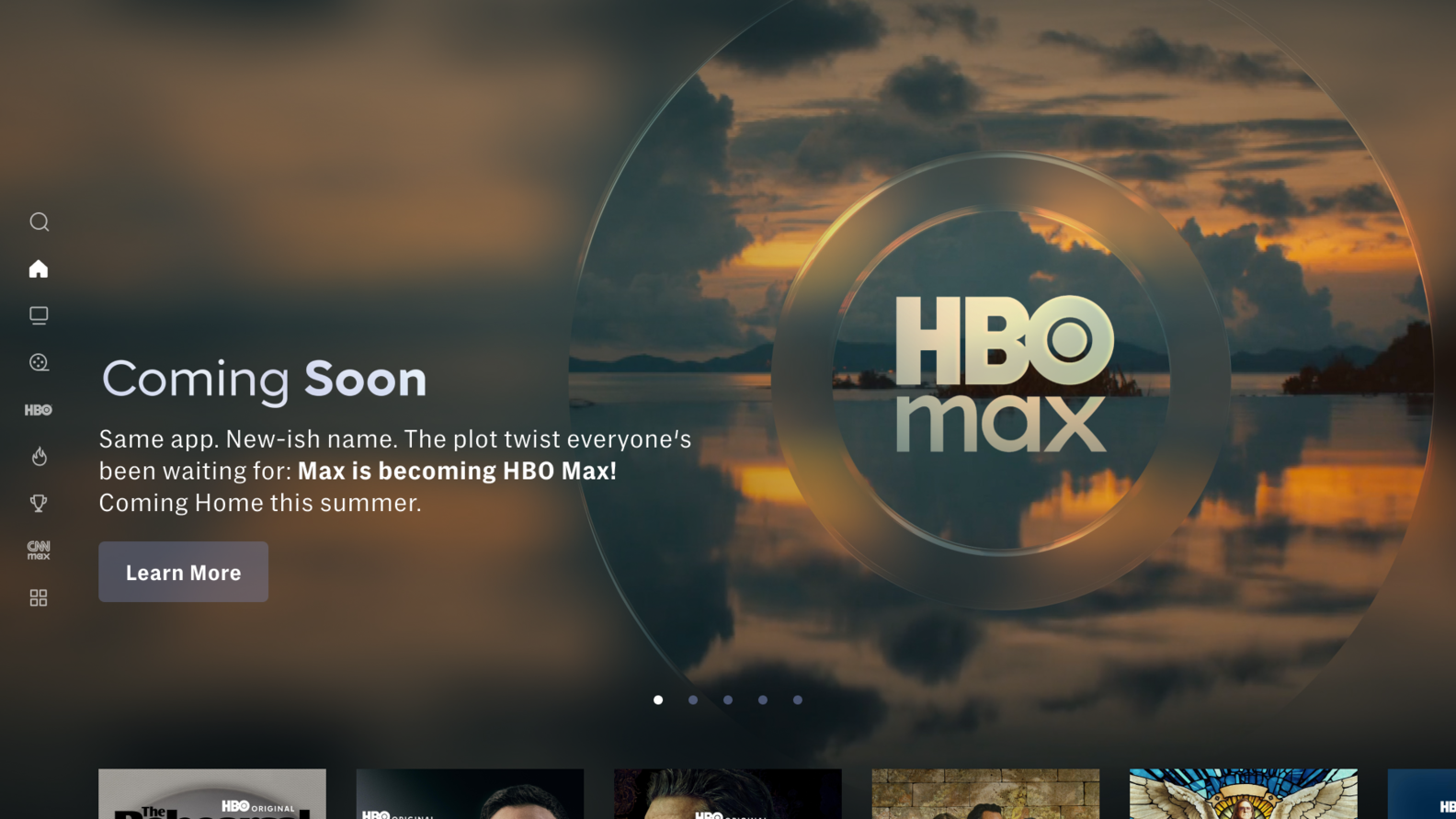Game Time Communications chooses Telex intercom systems, part 1
From the local high school to the top professional teams, effective communication is a crucial aspect of maintaining a high level of football play. Part of the coaching staff works from up in the coaches’ booth, with its commanding big-picture view of the field and the opposing team’s formations. The rest of the staff is on the sidelines with the head coach and the team itself.
The job of the intercom is to bridge the two locations, enabling the fast flow of the information a head coach needs in order to make split-second decisions about how best to deploy the team. Football intercom consultant Andy Cocallas of Game Time Communications uses Telex intercom systems for this key function.
“The coaches on the field have a Telex TR-1 wireless beltpack clipped at their hip, and the coaches in the booth have a BP-2002 wired beltpack,” says Cocallas. “They both use PH-100 or PH-200 headsets or, in the case of the NFL, headsets that were co-designed but built by Telex.”
In the pro leagues, Cocallas says, the configuration of the intercoms is shaped in part by NFL rules. “Each team’s on-field coaches’ intercom system is limited to a maximum of ten wireless and three wired units. For the booth the main restriction is the physical space; you can only get so many coaches in one of those rooms.”
One crucial factor influencing the choice of system for the pro teams is their need for encryption. “When a system is encrypted,” Cocallas explains, “it’s similar to when you and your neighbor both have a similar garage door opener. It doesn’t open his garage when you hit your button, because each opener has a different encryption code.
“In the pros and with many Division 1 college teams, they want to avoid a situation where everyone can listen to and talk to each other because they have the same system and they’ve ended up on the same frequency.”
Most UHF systems are not encrypted, Cocallas says, which is a big factor in the use league-wide of the BTR-1 system, which uses Telex’s proprietary ClearScan technology and provides secure wideband full-duplex communications.
Cocallas, who often handles RF frequency coordination, names both venue size and local wireless congestion as key factors explaining the use of UHF for the NFL games. “UHF definitely gives you the clearest audio, and has superior ability to deal with crowded RF environments, so you’re more likely to find clear channels,” he says.
Routing for the BTR-1 system is provided by an FM-1 system with the QSB-1 card reader and the SMP working together as a system that allows a user to easily manage frequency and intercom settings for a system of up to ten BTR-1s along with TR-1 beltpacks.
“We typically run with six different channels,” he says. “For example, I might have offense on channels 1 and 2, defense on channels 3 and 4, and special teams on 5 and 6. With the FM-1/BTR-1, any six of those channels can be assigned, either manually or by the computer interface, to any wireless beltpack on the field. In the coaches’ booth, the intercom is routed with an IC-100 6-channel intercom source assign panel.
See the Jan. 19 issue of RF Update newsletter for further exploration of the use of Telex intercom systems in sports communications.
Get the TV Tech Newsletter
The professional video industry's #1 source for news, trends and product and tech information. Sign up below.
